
ID notes:The fruits are unlike any of our other species in being cylindric, about 3× as long as the diameter, and yellowish-brown (rather than black) when mature.
Origin/Endemic status: Endemic
Synonymy: = Fl3, K1, K3, K4, SE3, Tn, Va, WH3, Isely (1998); = Baptisia alba (L.) Vent. – C, F, FNA11.1, G, RAB, S13, Tat, W, Isely (1981), Mendenhall (1994a), Mendenhall (1994b), Turner (2006a), misapplied; > Baptisia alba (L.) Vent. – Larisey (1940a); > Baptisia albescens Small – Larisey (1940a); >< Baptisia albescens Small – S
Wetland Indicator Status:
- Atlantic and Gulf Coastal Plain: FACU (taxonomic split from wetland indicator species)
- Eastern Mountains and Piedmont: FACU (taxonomic split from wetland indicator species)
- Great Plains: FACU (taxonomic split from wetland indicator species)
- Midwest: FACU (taxonomic split from wetland indicator species)
- Northcentral & Northeast: FACU (taxonomic split from wetland indicator species)
Heliophily: 8
Hover over a shape, letter, icon, or arrow on the map for definition or see the legend.
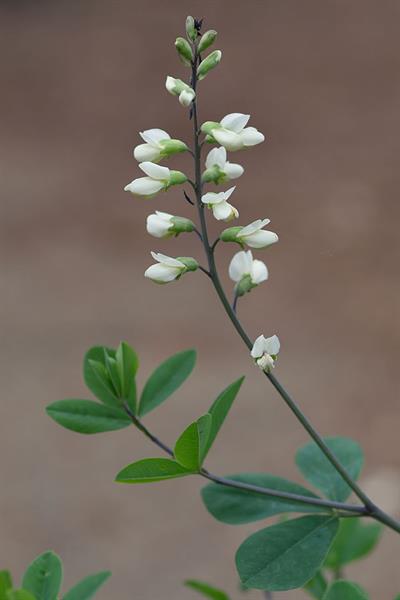 © Gary P. Fleming | Original Image ⭷
© Gary P. Fleming | Original Image ⭷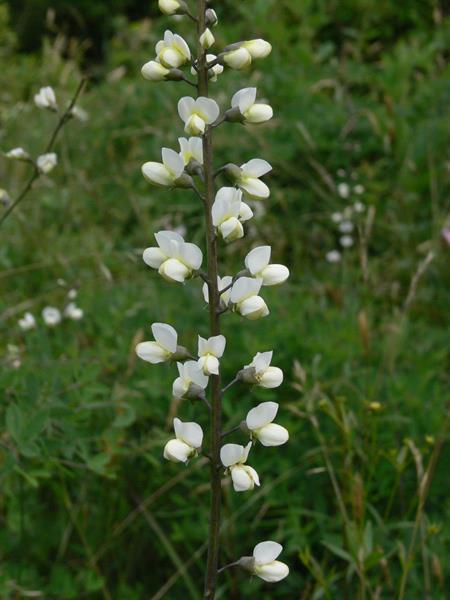 © Bruce A. Sorrie | Original Image ⭷
© Bruce A. Sorrie | Original Image ⭷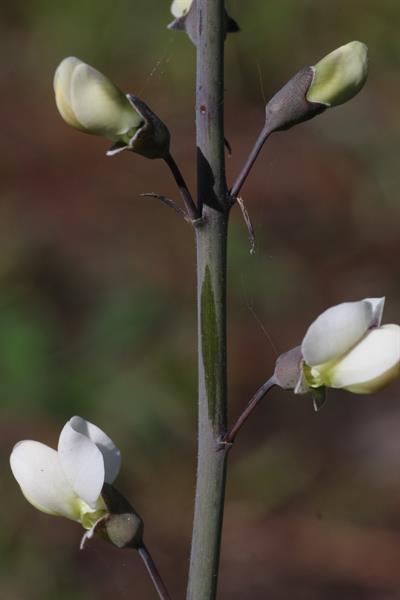 © Scott Ward | Original Image ⭷
© Scott Ward | Original Image ⭷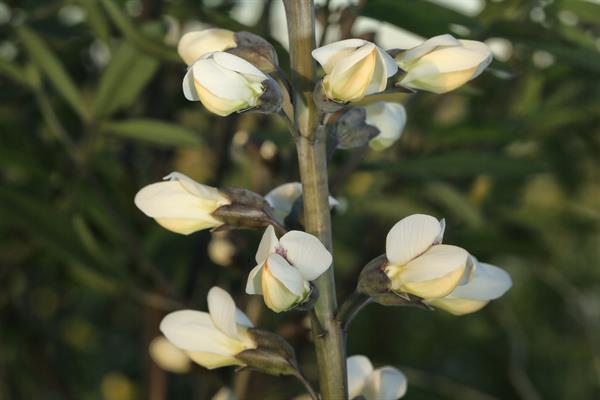 © Alan M. Cressler | Original Image ⭷
© Alan M. Cressler | Original Image ⭷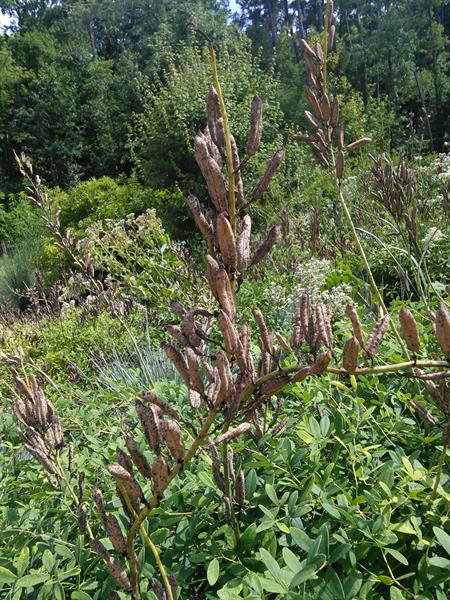 © Grant Morrow Parkins | Original Image ⭷
© Grant Morrow Parkins | Original Image ⭷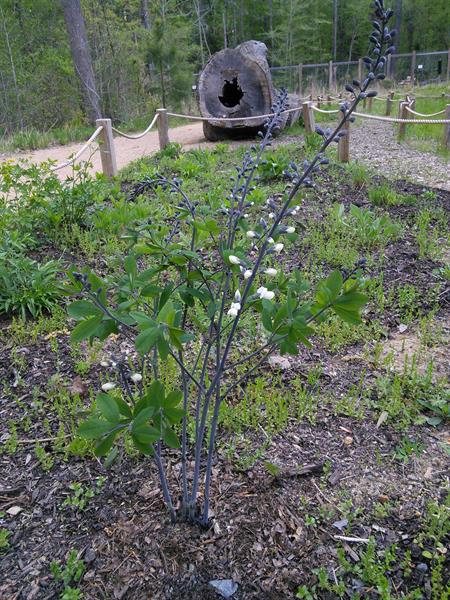 © Grant Morrow Parkins | Original Image ⭷
© Grant Morrow Parkins | Original Image ⭷Feedback
See something wrong or missing on about Baptisia albescens? Let us know here: (Please include your name and email if at all complicated so we can clarify if needed.)
Cite as...